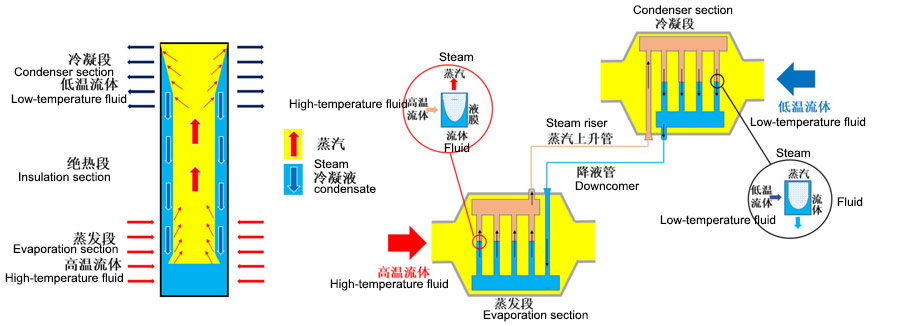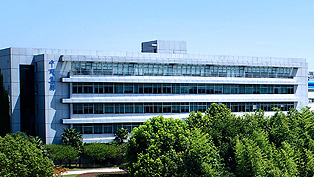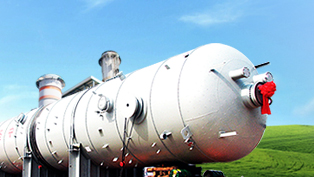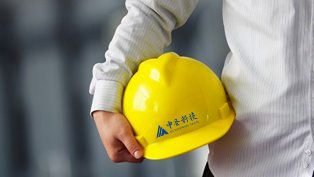-
01Efficient heat transfer technology +
"Efficient heat transfer technology" is to analyze the characteristics of the working medium, heat and mass transfer, and flow processes in the equipment, conduct simulation calculations and experiments, and design and manufacture the equipment structure, key components, and materials in order to improve heat transfer efficiency, reduce equipment size, save installation space and extend operating cycle. Our high-efficiency heat transfer technology includes high-efficiency special tube technology, heat pipe technology and high-efficiency heat exchanger technology, which are used in heat exchangers, reactors, towers and other products that undergo technical processes such as cold and heat exchange, chemical reaction, and separation.
-
02High-efficiency special tube technology +
Through the development of core heat transfer components and equipment structures of heat exchangers, reactors and other equipment, we have come up with more than ten types of high-efficiency special tubes suitable for different process conditions, such as internally corrugated and externally threaded tubes, various types of finned tubes, and T grooved tubes. High-efficiency special tubes are based on ordinary light tubes that undergo special processing to change shapes. The concave and convex changes in the inner wall of the high-efficiency special tube can enhance the turbulent flow of fluids. The fins and concave and convex changes in the outer wall can increase the heat transfer area and boundary layer disturbance, causing vortices in the boundary layer to promote the fluid in the boundary layer to interact with the fluid outside the boundary layer. The fluids are mixed, and the boundary layer that hinders heat transfer is destroyed, thereby reducing dirt deposition, improving the heat transfer efficiency of the equipment, and long-term operation of the device.
-
03High efficiency heat exchanger technology +
Through analysis and calculation of shell-side medium flow, heat transfer and heat exchange tube vibration, special shell-side structures such as baffle rods, grid plates, spiral baffles, and winding tubes are used to eliminate heat exchange tube vibration, prevent scaling, and reduce pressure drop, and improve shell-side heat transfer efficiency. At the same time, the tube side adopts high-efficiency special tube technology to achieve double-sided enhanced heat transfer and ensure efficient, safe, long-term, and stable operation of the equipment.
-
04Heat pipe technology +
Superconducting thermal properties (3,000 to 10,000 times that of copper and silver).
Both hot and cold fluids are outside the heat exchange tube (heat transfer can be enhanced on both cold and hot sides).
Effective source-sink separation.
High isothermal performance.
One-way thermal conductivity (thermal diode).
Water in heat exchange tube-carbon steel heat pipe compatibility technology.
Flexible metal enamel anti-corrosion technology outside heat exchange tubes.








